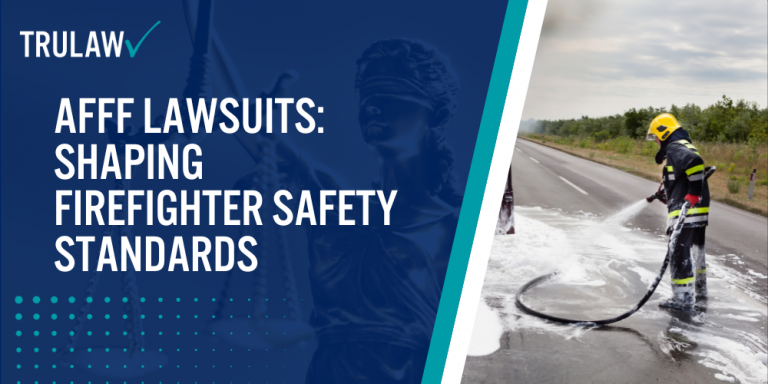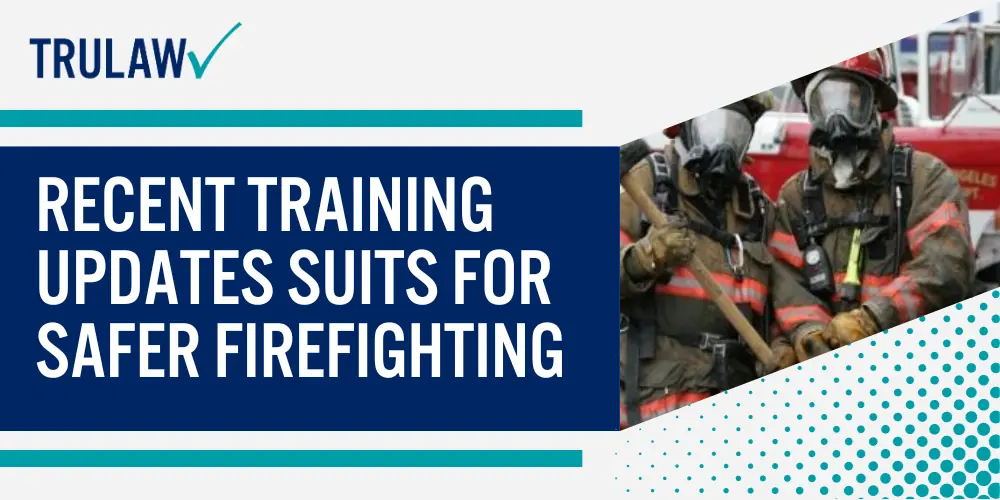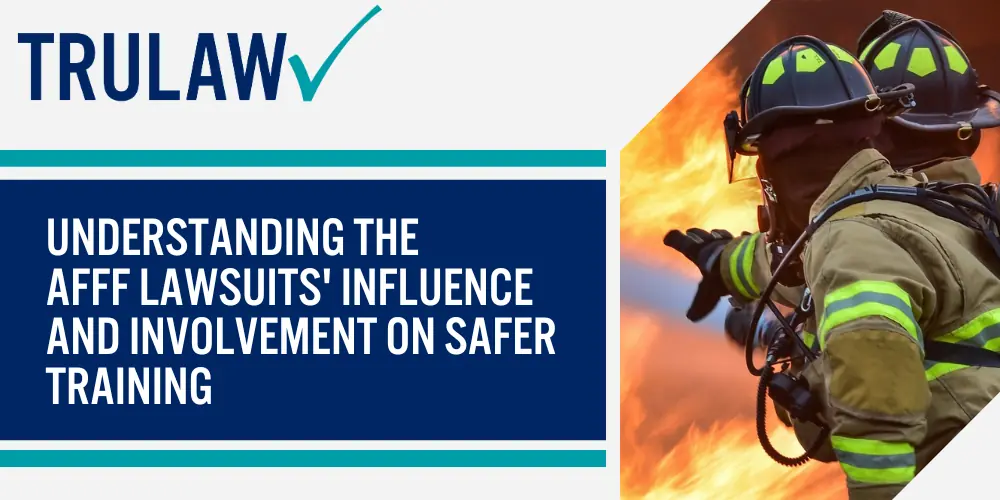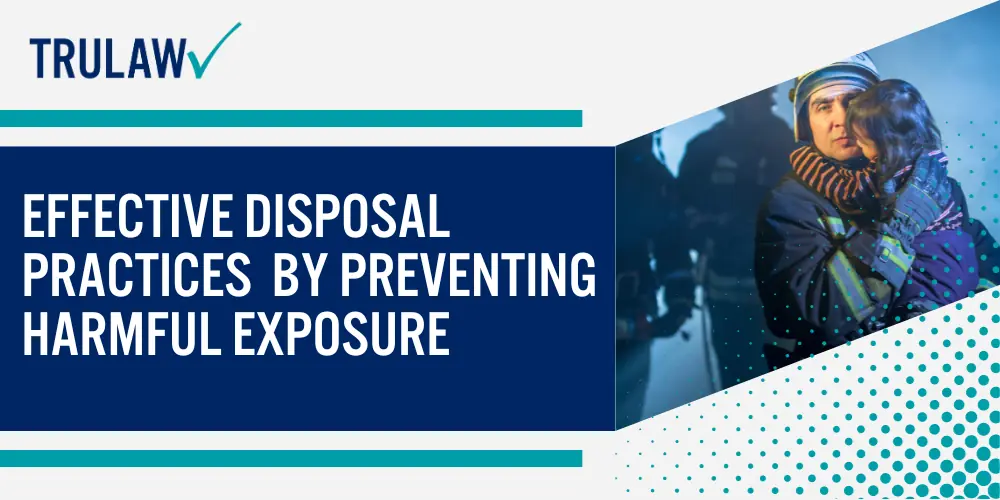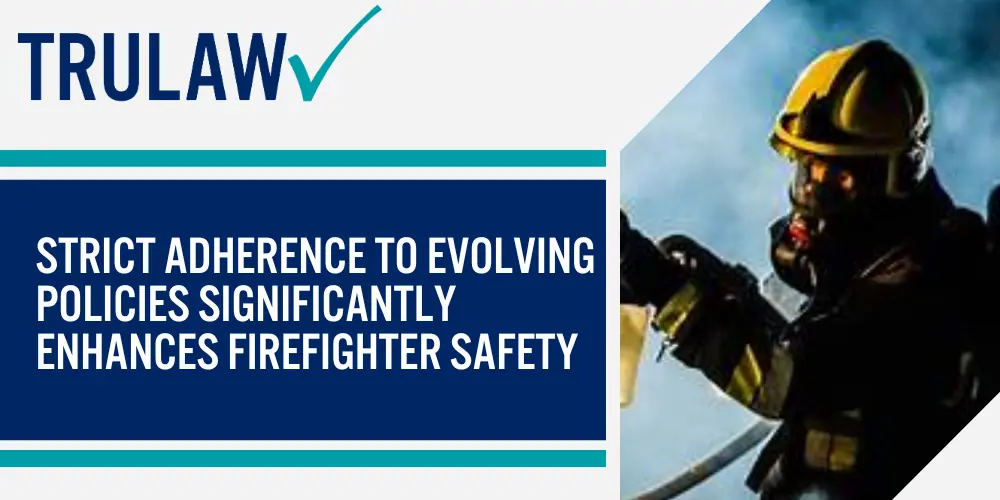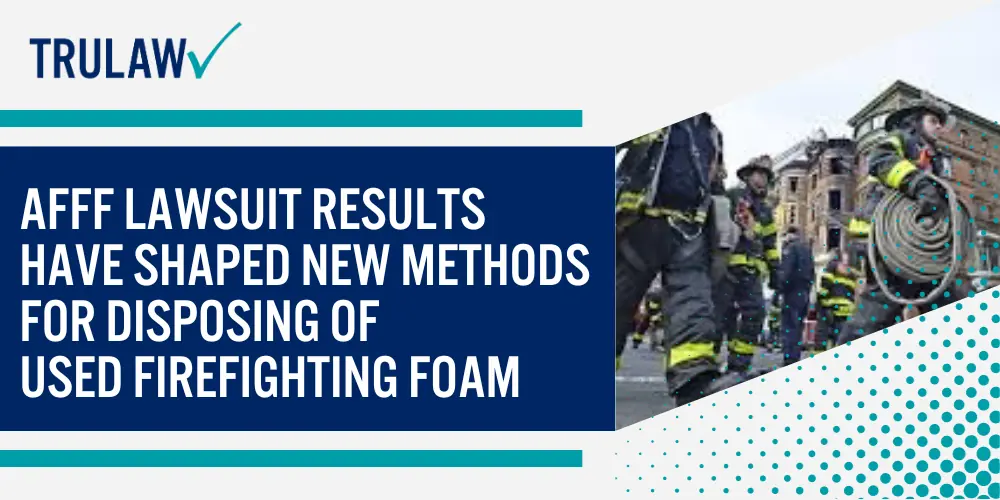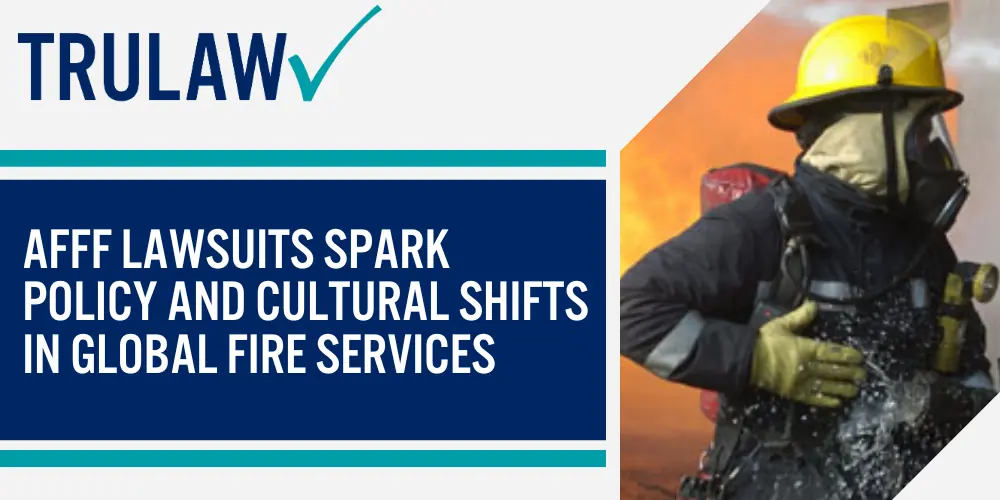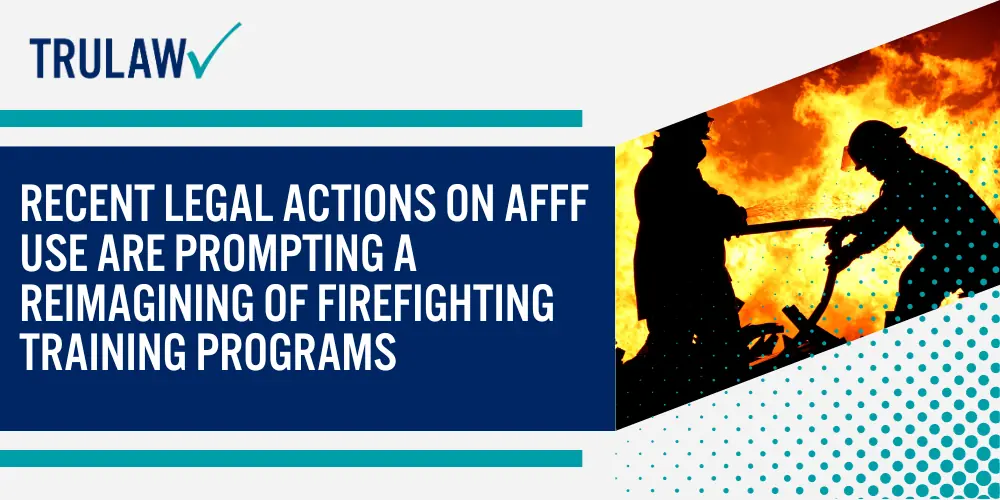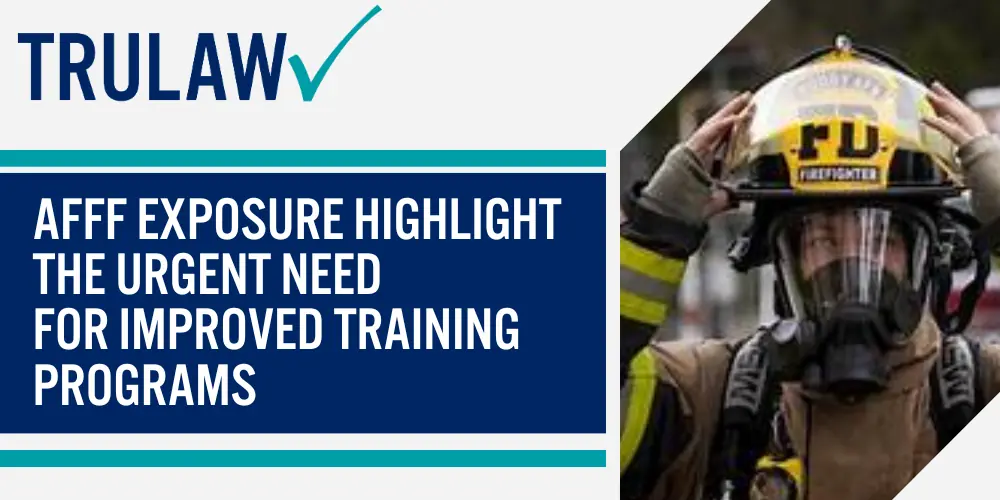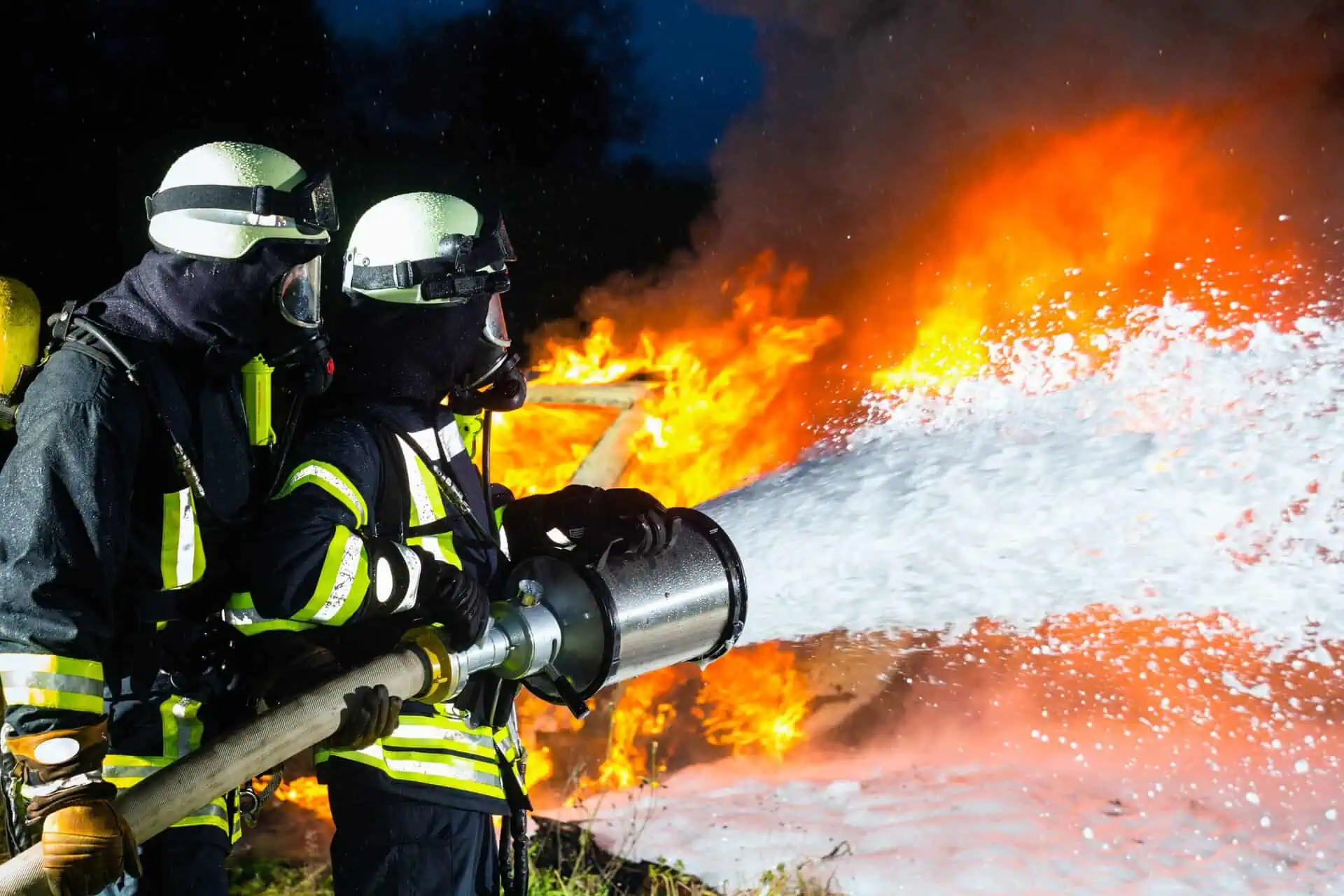These legal actions targeted major manufacturers such as 3M and DuPont, who had been selling the carcinogenic foam.
The link between AFFF exposure and the development of serious health issues like testicular and kidney cancer compelled numerous victims across all 50 states to file suits.
The consequences have been profound on firefighter safety standards, forcing a comprehensive reevaluation and improvement process within fire departments nationwide.
Many departments now prioritize educating their personnel about the potential risks related to toxic chemical exposure from substances like AFFF foams.
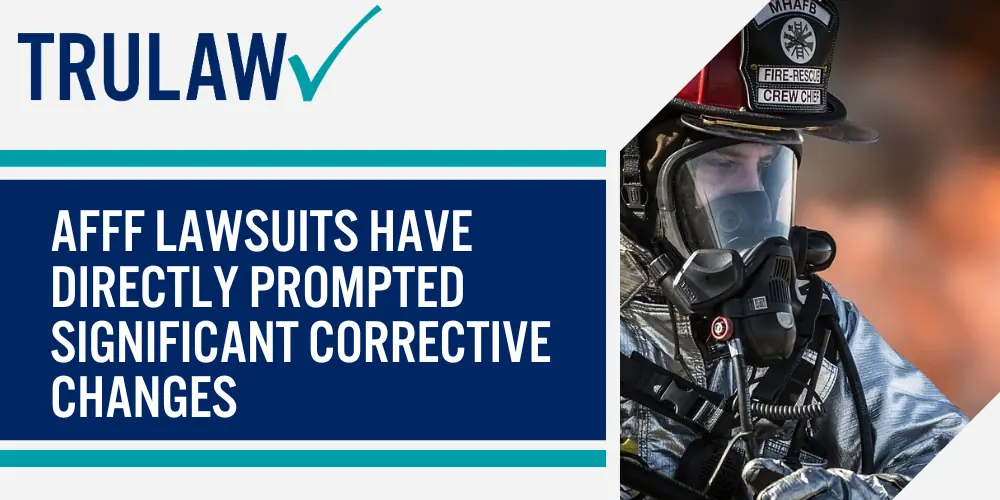
Moreover, it prompted amendments in firefighting protocols, stressing safer alternatives while minimizing occupational hazards linked to potentially harmful firefighting solutions.
While the cost paid due to detrimental effects on human lives needs no articulation.
However, one cannot overlook the course correction ensured through manifold adjustments incorporated thanks to implications arising from AFFF Lawsuits.
These lawsuits functioned as catalysts for change within the firefighting fraternity and in its interactions with society at large step toward a safer tomorrow.
AFFF Lawsuits as Catalysts for Safety Standard Improvements
AFFF lawsuits play a crucial role in enhancing safety standards.
These legal battles shed light on health risks associated with firefighting foams and led manufacturers to focus more on product safety.
Legal cases have also sparked significant shifts in the regulatory landscape surrounding firefighting foams.
In response to PFAS contamination allegations, environmental protection agencies are reevaluating guidelines concerning the use of such products.
This scrutiny leads to a decrease in occupation-related illnesses among these brave personnel who face exposure linked to prostate cancer or kidney disease at higher rates than the general public.
These lawsuits also extend their influence onto training programs.
Firefighters receive education about potential hazards related to aqueous film-forming foam (AFFF) exposure and learn techniques that minimize this risk during operational duties.
Modification of equipment is another area where AFFF litigation results have facilitated advancements.
Manufacturers strive for innovations that limit AFFF contact while ensuring optimal performance amidst high-intensity fire scenarios, ensuring better health safeguards for our front-line heroes without compromising efficiency at work.
Legal Actions and Safety Milestones: AFFF Lawsuit Impacts
The AFFF lawsuit, with over 5,000 cases to date, has marked a critical turning point in firefighting safety regulations.
Legal actions taken against manufacturers of AFFF reveal connections between chemicals used in the foam and several health hazards.
Plaintiffs allege that exposure to PFAS chemicals in AFFF products led to cancers and other severe health concerns, sparking changes across the industry.
Settlement discussions send ripples through various aspects of firefighting operations—from equipment updates to training adaptations.
Lawsuits against manufacturers have driven advancements in firefighter gear aimed at reducing hazardous exposure.
New training programs encourage practices free of AFFF usage while enhancing safety protocols.
Legal considerations influence direct safety measures and broader environmental responsibilities linked with fire service duties.
The lawsuits have heightened awareness regarding properly disposing of toxic materials like AFFF and mitigating risks to personal health and surrounding communities.
Moreover, these legal milestones have inspired more rigorous compliance initiatives adhering strictly to bans on harmful substances such as those found in AFFF.
Lessons from AFFF Lawsuits: Elevating Firefighter Safety
The AFFF lawsuits have dramatically influenced the firefighting industry, catalyzing significant safety protocol and practice changes.
These lawsuits have underscored a critical connection between firefighter health risks and using aqueous film-forming foam (AFFF).
Such litigation has pushed for increased regulation and strengthened safety standards.
The discovery of high amounts of toxic chemicals in firefighters’ gear prompted significant action toward reducing occupational exposure to harmful substances.
Their impact is visible in the industry’s swift transition towards safer AFFF alternatives.
Today, there is a heightened focus on proper AFFF disposal laws ensuring firefighter safety while minimizing environmental contamination.
Equipment evolution driven by these lawsuits now involves more rigorous testing for toxic compounds, pushing manufacturers toward innovative solutions that prioritize firefighter wellness over anything else.
Tactical adaptations in response to lawsuits are other key components enhancing safety protocols within fire service institutions.
There is an increased emphasis on training regarding safe handling practices of potential hazards, such as PFAS-laced firefighting foams around active fire scenes.
Setting aside legal considerations like liability and compliance associated with improper disposal or handling habits.
Cultural transformations at grassroots levels are set into motion post-AFFF lawsuit settlements advocating prioritization of health concerns during decision-making processes within firefighting culture.
